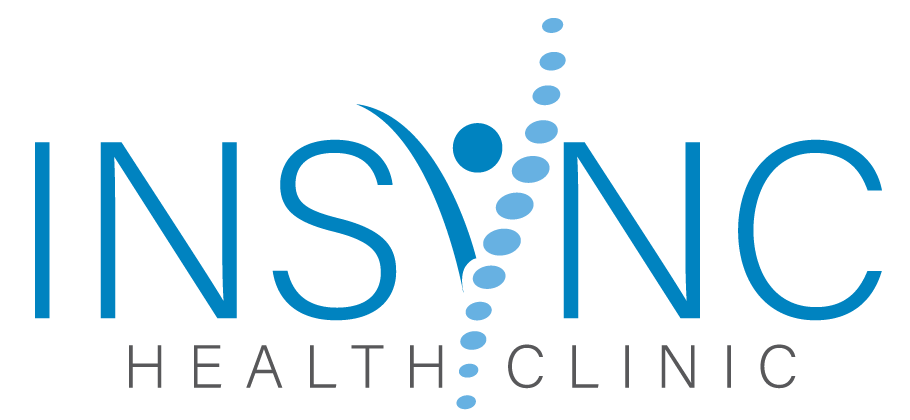“Do you ever feel pain or discomfort when you squat”.
Over 50% of the patient’s we treat at Insync Physiotherapy report anterior knee pain from power-lifting, yet 90% of these patient’s will not miss a training session within the week of complaining? Do you ever feel like you’re putting in too much effort into your training, with a lack of return?
It is very easy for most to train through pain. If your body mechanics are not assessed and critiqued, you will most definitely report ankle, knee or back/hip pain within 3 months of power lifting. This train of thought sits in well with the famous slogan “no pain, no gain”. However, this is definitely NOT the mentality you should go into the gym with on squat day.
When you decide to make a change and get your squat mechanics assessed by a qualified Physiotherapist, you will no longer feel discomfort when squatting and you will no longer work harder and receive less from your squat efforts.
Furthermore, it is very frustrating hearing about physiotherapists treating your pain rather then what is causing it. Passive treatment does not work, you need your technique assessed and a program tailored for you in order to achieve peak performance.
To get the most out of your squat be sure to try the following tips.
Firstly, the three important joints that contribute to the performance of a good effective squat include the ankle, knee and hip joints. It is not only very important for these three joints on each side of the biomechanical chain to be working Insync but it is vital that they are functioning individually before they are able to work together. Below are three self-mobilisation techniques you can use to optimise each of these joints flexibility:
- Ankle dorsiflexion mobilisation: (ankle bend) is very important in gaining depth to your squat. If you are lacking dorsiflexion range it is very common for you to compensate by bending the inward towards the midline of your body. Not to mention further changes that takes place above the knee due to this compensation strategy.
- Patella mobilisations: The centred position of the patella in the groove at the end of your thigh bone is vital for proper force production of the quadriceps muscle. Patella tracking is a very common cause of pain in and around the knee. In addition, if the patella is tracking the body will compensate higher up, meaning your hip/back will start to hurt.
- Lateral hip gapping: Good hip range of movement equates to a sufficient technical squat. Tight anterior hips structures can reduce your available hip flexion (bend) ultimately affecting your squat depth and lead to pain and compensation. It is important to note that the ‘pinching’ in your hip may be contributed to poor ankle and/or patella function which I have just mentioned.
Squats Tips – Part 1
Squats Tips – Part 3
Squats Tips – Part 2
To further help improve your technique be sure to schedule an appointment with our team of Physiotherapists today and together we can work to get you training at your best. Get in and get assessed today! You can contact our practice on (02) 7226 3432 or book an appointment online.
Thanks for reading,
Insync Physiotherapy Team
